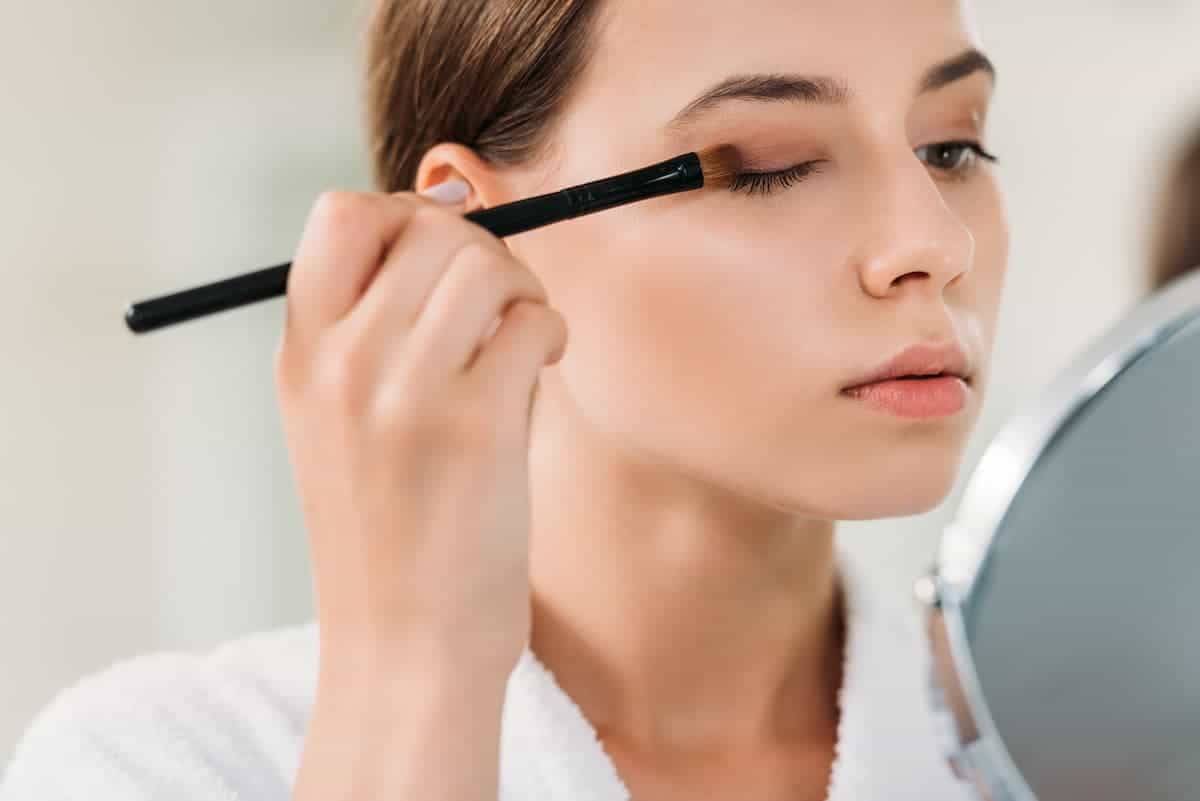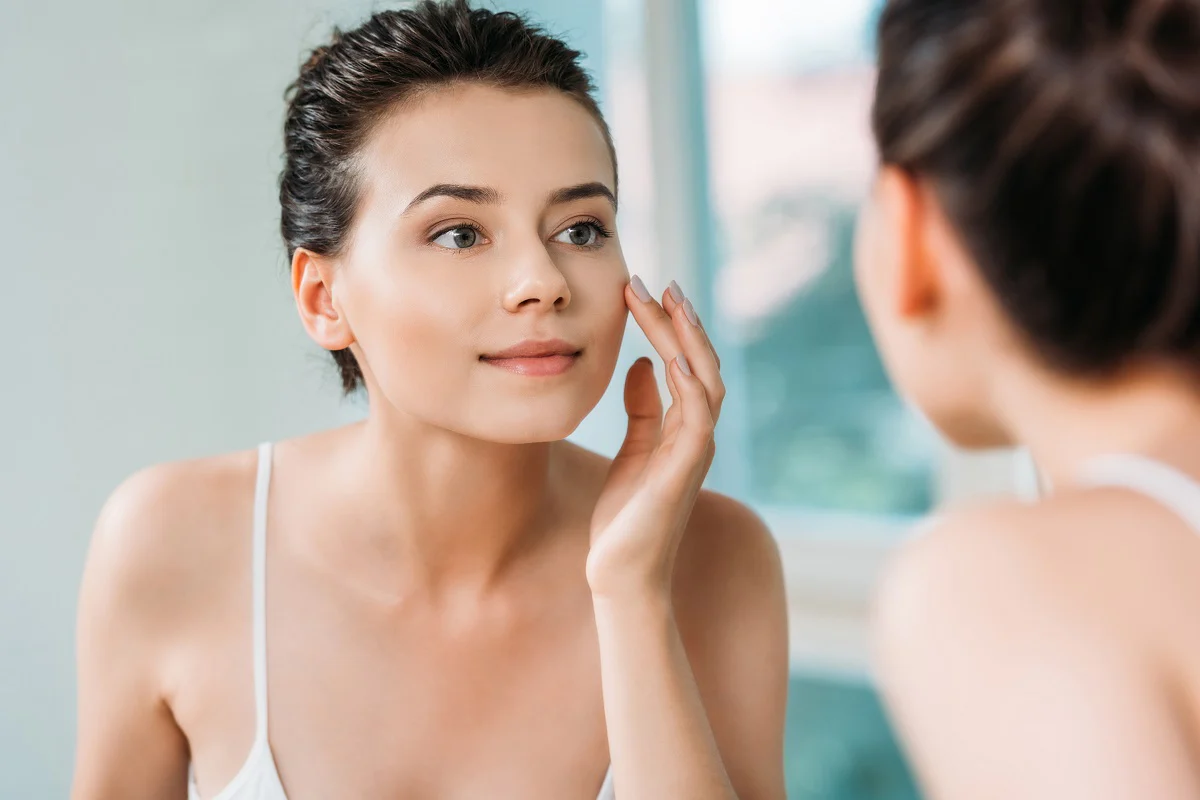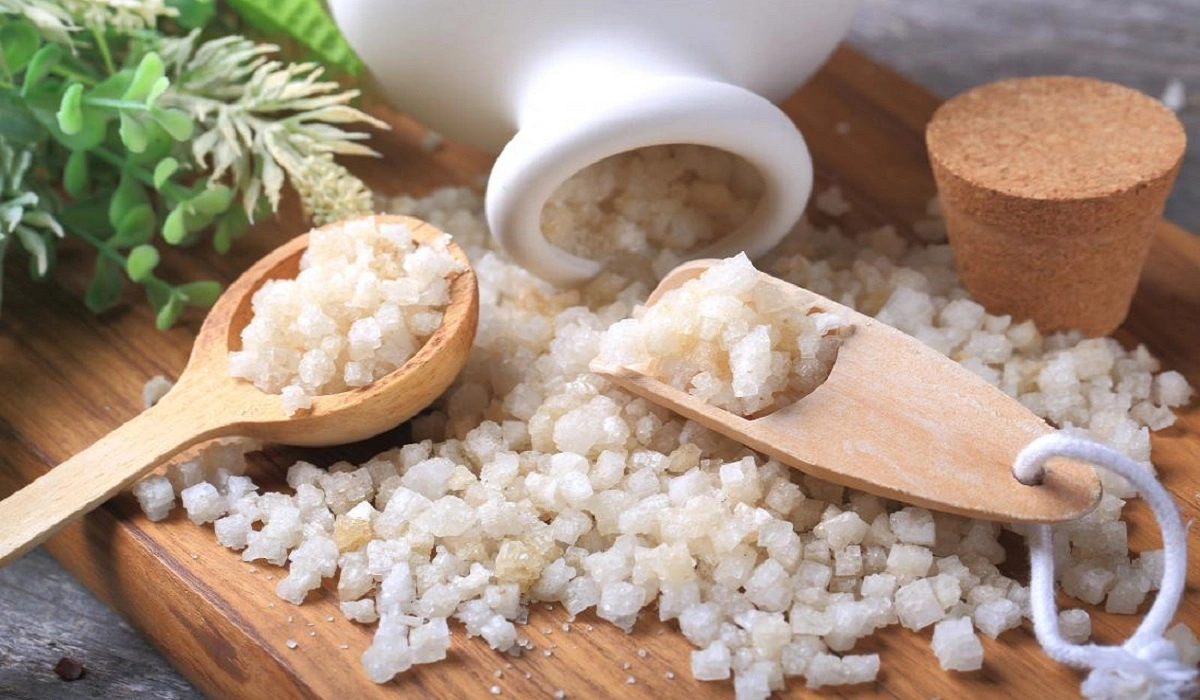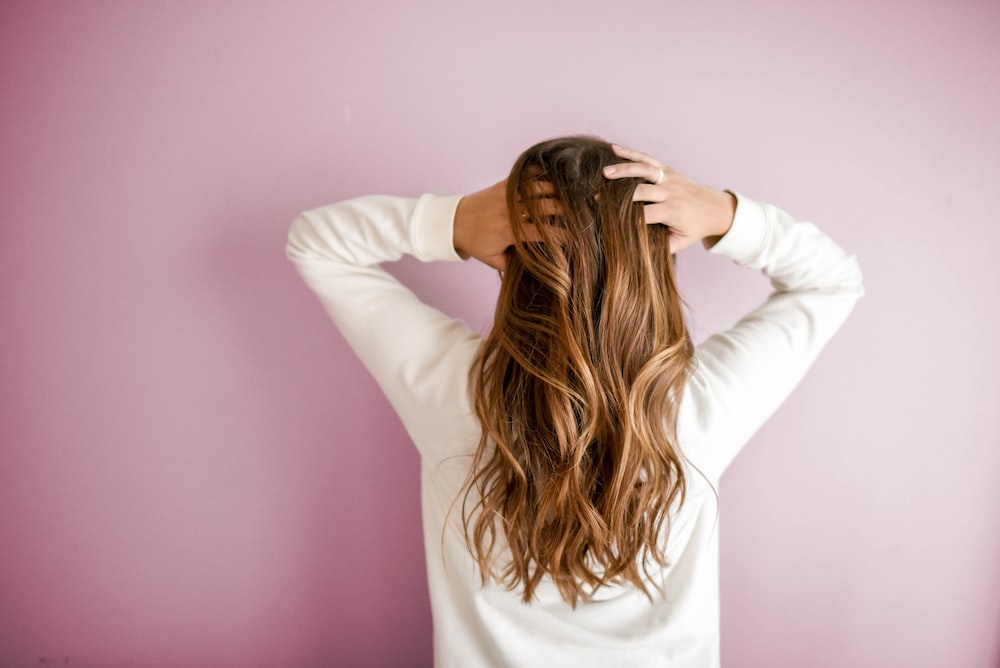Foot care, a crucial element of personal hygiene and overall health, is often undervalued despite the significant role our feet play in our daily lives. Bearing the brunt of daily wear and tear, our feet deserve diligent care to remain in prime condition. This comprehensive guide combines expert advice and practical tips to help you take care of your feet, from maintaining shapely heels to ensuring your nails are both beautiful and expressive.
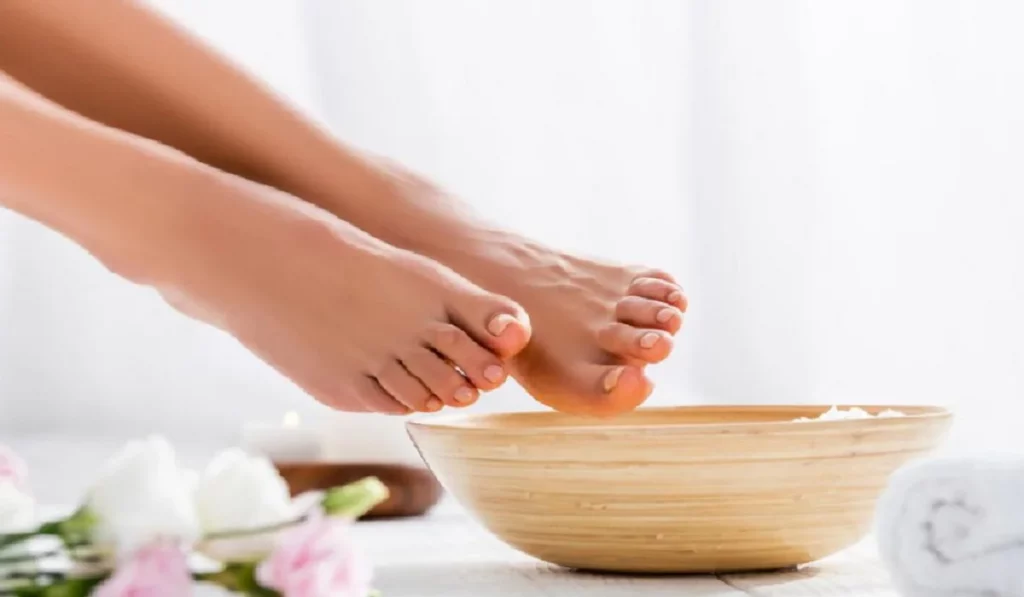
The Basics of Foot Care
Daily Foot Hygiene
The foundation of foot health begins with routine hygiene practices. Daily washing with soap and water, thorough drying, especially between the toes, and moisturizing to prevent dryness are essential steps to keep your feet healthy.
Choosing the Right Footwear
Wearing shoes that fit well and provide adequate support is vital. Opt for footwear with cushioned soles and avoid high heels or shoes with pointed toes that can exacerbate foot problems.
The Role of Moisturizing in Foot Health
Hydration is key to preventing cracks and calluses, especially on the heels. Products containing natural ingredients like shea butter or coconut oil offer gentle yet effective moisturization.
Common Foot Problems and Solutions
Athlete’s Foot: Prevention and Treatment
This section addresses preventive measures and remedies for athlete’s foot, highlighting the importance of keeping your feet dry to avoid fungal infections.
Nail Fungus: Causes and Cures
Understanding the causes of nail fungus is the first step toward effective treatment. Regular cleaning and careful inspection of the nails can prevent fungal infections.
Heel Pain: Remedies
Tips for alleviating heel pain include proper footwear, regular stretching, and avoiding excessive pressure on the heels.
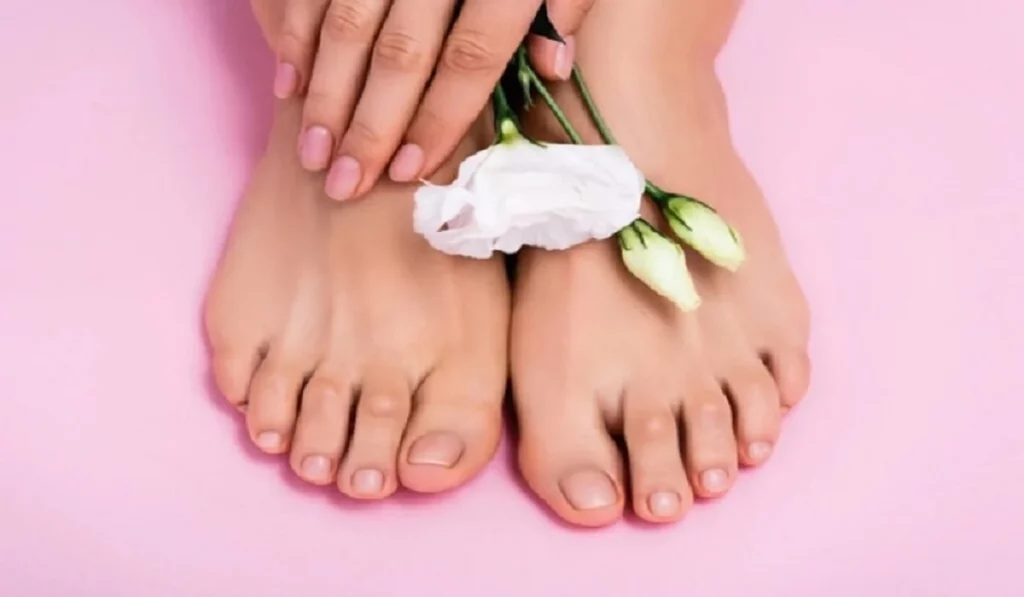
Professional Foot Care Services
Podiatry Services
Exploring when to seek help from a podiatrist for foot issues and the benefits of professional care in maintaining foot health.
Benefits of Regular Pedicures
Pedicures go beyond aesthetics; they are essential for detecting and preventing nail problems, such as ingrown toenails and fungal infections.
DIY Foot Care at Home
Simple Soaking Solutions
A warm soak with essential oils can relax and soften the feet, making it easier to remove calluses and dead skin.
Homemade Foot Scrubs
Learn to create effective foot scrubs at home to exfoliate the skin gently, keeping your feet smooth and free of dry, dead layers.
Natural Moisturizers
After exfoliating, applying a natural moisturizer can keep your feet soft and prevent dryness and cracking.
Foot Care for Diabetics
Special Considerations
Diabetics require specialized foot care to prevent serious complications. Daily checks and proper hygiene are crucial.
Tips for Daily Foot Check-ups
Routine inspections for cuts, blisters, or any abnormalities are essential for early detection and treatment of potential issues.
Footwear and Foot Health
How to Choose the Right Shoes
Selecting the right shoes can prevent many foot problems. Shoes with adequate support and a comfortable fit are essential for foot health.
Impact of High Heels on Feet
Discussing the adverse effects of high heels on foot health and offering tips for minimizing damage.
Importance of Proper Fit
Ensuring shoes fit correctly is critical to avoiding foot issues such as blisters, calluses, and corns.
Exercise and Your Feet
Exercises for Strong Feet
Strengthening and stretching exercises can improve foot health, enhance flexibility, and prevent injuries.
Stretching for Flexibility
Regular stretching can improve the flexibility of your feet and ankles, reducing the risk of injuries.
Impact of Exercise on Foot Health
Exercise benefits foot health by improving circulation and reducing the risk of foot problems.
Foot Care for Athletes
Preventing Sports-Related Foot Injuries
Athletes must take extra precautions to avoid foot injuries. Choosing the right footwear and using proper foot care techniques are essential.
Essential Footwear for Athletes
Athletic shoes should provide adequate support and fit well to prevent foot problems associated with sports activities.
The Role of Nutrition in Foot Health
Vitamins and Minerals for Healthy Feet
Nutrients play a vital role in maintaining foot health. A balanced diet can help keep your feet and nails strong and healthy.
Hydration and Foot Health
Staying hydrated is important for maintaining healthy skin on your feet, preventing dryness, and promoting overall foot health.
Foot Care Guide: Tips for Pampering Your Feet and Nails
Special Treatments for Nails
Maintaining clean, trimmed, and well-cared-for nails is not just about aesthetics; it’s about preventing infections and promoting foot health.
Seasonal Foot Care Tips
Adapting your foot care routine to the changing seasons can help address different foot care needs throughout the year.
Proper foot care is not just about aesthetics; it’s a crucial aspect of personal hygiene and overall health. By adopting a comprehensive foot care routine, including regular hygiene, appropriate footwear, and preventive measures against common foot problems, you can maintain healthy, happy feet. Remember, taking time for foot care is not only about preventing issues but also about pampering yourself and promoting overall well-being. Seek professional advice for persistent foot problems, and always prioritize comfort and health in your foot care practices.


